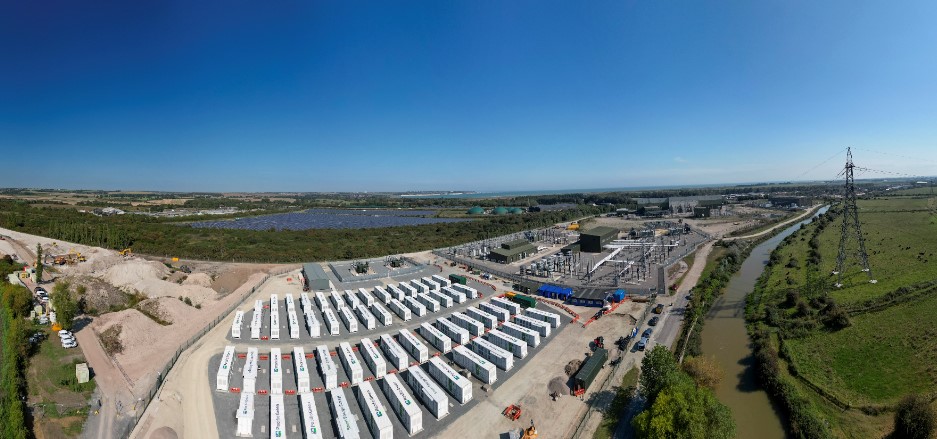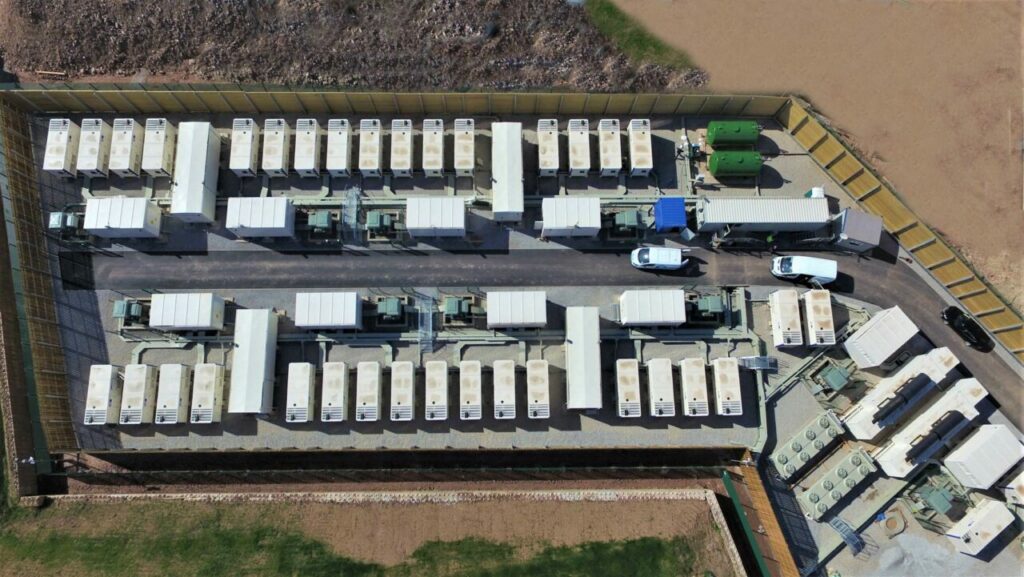Australia is at a pivotal moment in its energy transition. While solar and wind energy are the cheapest electricity sources, their variable nature poses challenges. To ensure reliable energy, the grid requires firming capacity—technology that supplies electricity on demand.
The Role of Sodium-Ion Batteries
Sodium-ion batteries are emerging as a promising solution for energy storage. They collect excess energy from renewables, store it, and release it when needed, ensuring a steady supply. Currently, lithium-ion batteries dominate the market but are best for short-term storage. Sodium-ion batteries could fill the gap for long-term storage.
These batteries use sodium, an element found in salt. The technology involves sodium ions moving between poles, generating a charge. Factories producing lithium batteries could easily switch to sodium batteries. Sodium is more abundant and potentially cheaper than lithium, making this shift cost-effective.
Advantages and Challenges
Sodium-ion batteries hold their charge longer than lithium batteries. However, sodium ions are larger and heavier, making these batteries less energy-dense. This means they require more space and material to store the same charge. Despite this, ongoing research is improving their energy density.
The environmental impact of sodium-ion batteries is also lower. Lithium mining can cause local pollution, while sodium extraction has fewer issues. Additionally, recycling sodium-ion batteries is more manageable.
Commercialization Prospects
Sodium-ion batteries are becoming increasingly competitive. They might enter the global market as early as 2027. A recent analysis suggested they could soon match the cost of gas-fired power as a firming energy source. The U.S. energy department predicts sodium-ion batteries will gain significant market share by 2030.
Currently, sodium-ion battery manufacturing is concentrated in China and Europe. Companies like BYD are constructing large-scale facilities. In Australia, Faradion has installed small stationary modules in Victoria’s Yarra Valley.
Future Energy Policies
The Australian Energy Market Operator (AEMO) plans to phase out coal-fired power by 2035 but expects gas to remain. This plan overlooks the potential of long-duration storage technologies like sodium-ion batteries. Disruptive innovations, such as solar, wind, electric vehicles, and battery storage, are growing rapidly.
The Climate Change Authority is assessing Australia’s transition to net-zero emissions by 2050. Sodium-ion batteries could play a crucial role, suggesting that policies should avoid locking in polluting options like gas-fired power. Cleaner alternatives will soon be commercial, and planning for them is essential for climate stability.
By embracing sodium-ion batteries, Australia can enhance its renewable energy mix, ensuring a reliable and sustainable energy future.
Source:miragenews.com





